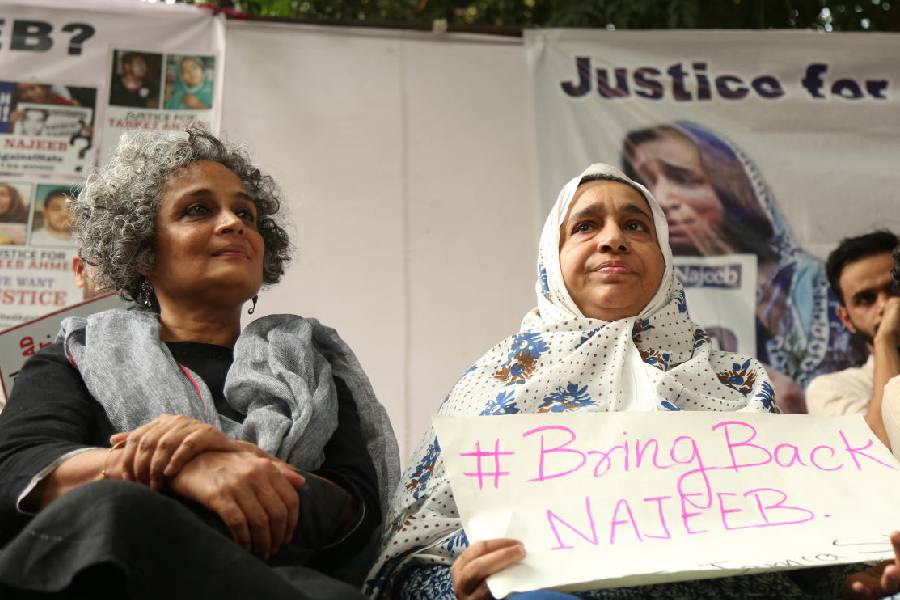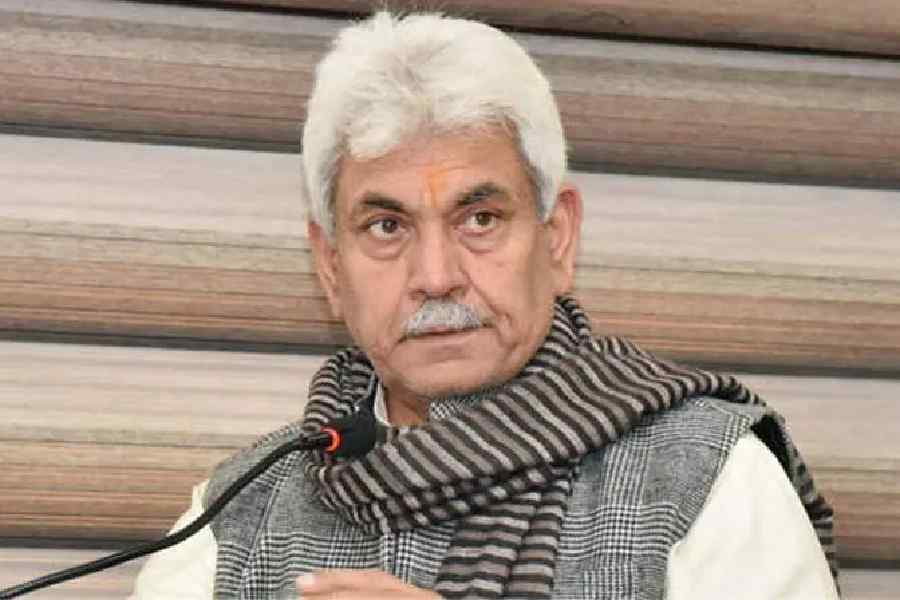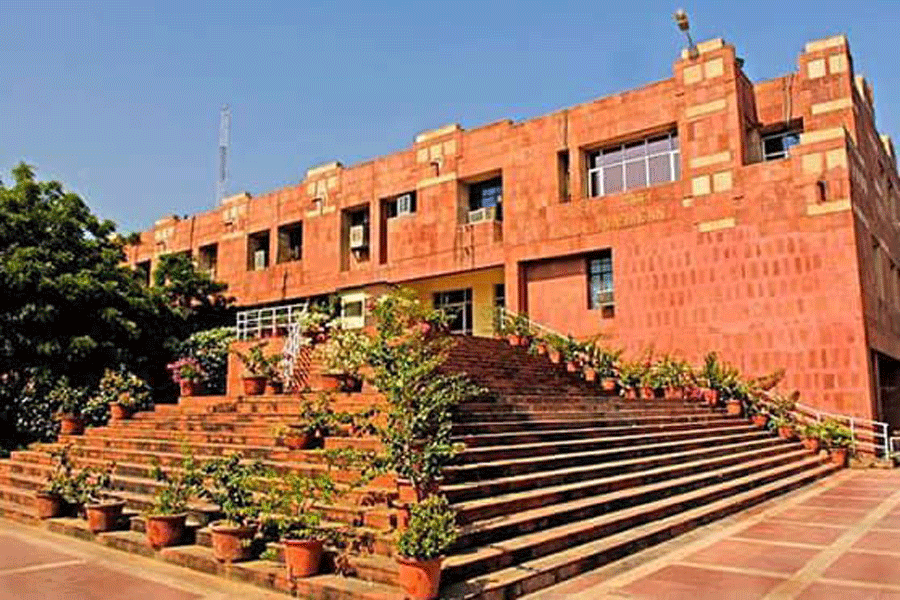mukulkesavan@hotmail.com
A month out of India and it is clear to me that even more than family and friends, I’m homesick for cricket. Apart from light switches that you have to flip off to turn on, cisterns with plungers that have to be worked with the left hand, locks that have to be opened with the key inserted upside-down, cars where drivers chronically sit in the passenger seat and dates that suggest that the year can fit in thirty months, apart from these obvious inversions which suggest a lazy science fiction writer trying to create an alternate universe on the cheap, what’s really different about America is the absence of cricket.
I watched the ICC championship on my computer screen. No, I don’t have a broadband cable connection that manages hundreds of kilobytes a second: when I say “watch” what I really mean is “read”. Try reading ball-by-ball commentary: Over 26.2: Short ball by Nehra, Trescothick pulls FOUR. A few hours of this makes baseball seem a likely sport. The sports section in the New York Times is full of thuggish men in helmets but none of them is taking guard. They’re swinging clubs or wrestling other men down. With their built up shoulders and dangling arms, their footballers look like apes on steroids. What am I doing here?
It’s disconcerting to think that so much of our alleged immersion in India is a matter of reading newspapers and watching cable television. With cricket what I’m really homesick for is Star Sports, for Harsha Bhogle, even the unspeakable Sidhu. I’m told that expat desis with satellite connections manage to watch international cricket; now, if I had a dish or the appropriate antenna, I wouldn’t notice I was away: like most middle class Indians I have aerial roots.
This has been true for a long time, long before the Indian “diaspora” became a cool way of describing desis who fled. Before television came to India, those aerials lived on radios and Akashvani was pivotal in the creation of a shared public opinion — what in the current idiom might be described as a national discourse.
Old fashioned histories of nationalism in India always had a chapter on the creation of Modern Public Opinion in the late 19th century. This was generally attributed to the arrival of modern printing and proliferation of newspapers. Then, as politically correct historians whittled India’s small middle-class down to size and conscientiously diminished its historical agency to make room for leaders of obscure jacqueries that led nowhere, the idea of a tiny colonial middle class reading newspapers and talking up a public opinion became less plausible.
Sitting in New York, though, exiled from Star News and Aaj Tak, the idea that the notion of a national news was instrumental in talking a nation into being, seems very attractive. Put another way, watching Rajdeep Sardesai anchor the news may not make me a stake-holder in Bharat-that-is-India, but not watching him and his ilk is disorienting and leaves me feeling adrift.
Sometimes, though, being away and not pluggged in, is very nice. To not have to read the headlines about Gujarat as a matter of course, to not be forced to watch gruesome sectarian footage each time you turn on the television, to not be cornered into arguing with relatives-turned-zealots, is a bonus. To watch John McCain state, as a self-evident truth, that the US had the right to strike preemptively because it was a model nation, because every other country in the world wanted to be like the US and not have to feel mortified because you are a foreigner and therefore not responsible for his smugness or stupidity, is a great relief. There is an ignoble peace of mind in being marginal to the world you live in.
I’m not sure how wearing this marginality would become over the long term. In the short run, it’s a privilege. It’s America without angst. It leaves you free to enjoy the novelty of a new world without committing yourself to it. We’re going to be here for a year, so I don’t, for example, have to fret about educating my children in a public or a private school. I’m on leave from my university and our time in New York has the feel of a holiday from real life... which, we reassure ourselves, happens in Delhi. So long as this Elsewhere underwrites our existence (as Philip Larkin once put it) we can literally help ourselves to the best of two worlds. There are Indian academics who sensibly manage to do this durably by teaching a part of each year in the US. I think of this, enviously, as the Simla solution: shifting in the summer to more comfortable climes.
Which brings me back to cricket. Since I’m not here forever, I don’t have to learn to love baseball, thank god. I am told reliably that I should subscribe to a cable modem service which will deliver full motion, live cricket video to my computer monitor. There are sites on the Net that sell expatriate Indians cricket on a pay-per-view basis, so I can be myself for a small price. I can even indulge myself occasionally by speaking as the natives do. “Have a good one,” I’ve learnt, isn’t a lewd suggestion; it’s a way of saying, have a good day. Yesterday I gave someone begging a quarter. He responded by saying something that I didn’t understand. This happens quite often. Normally, I smile uneasily and sidle past. This time I nodded and said: “Have a good one.” I don’t know what he made of it, but it helped me feel at home.










